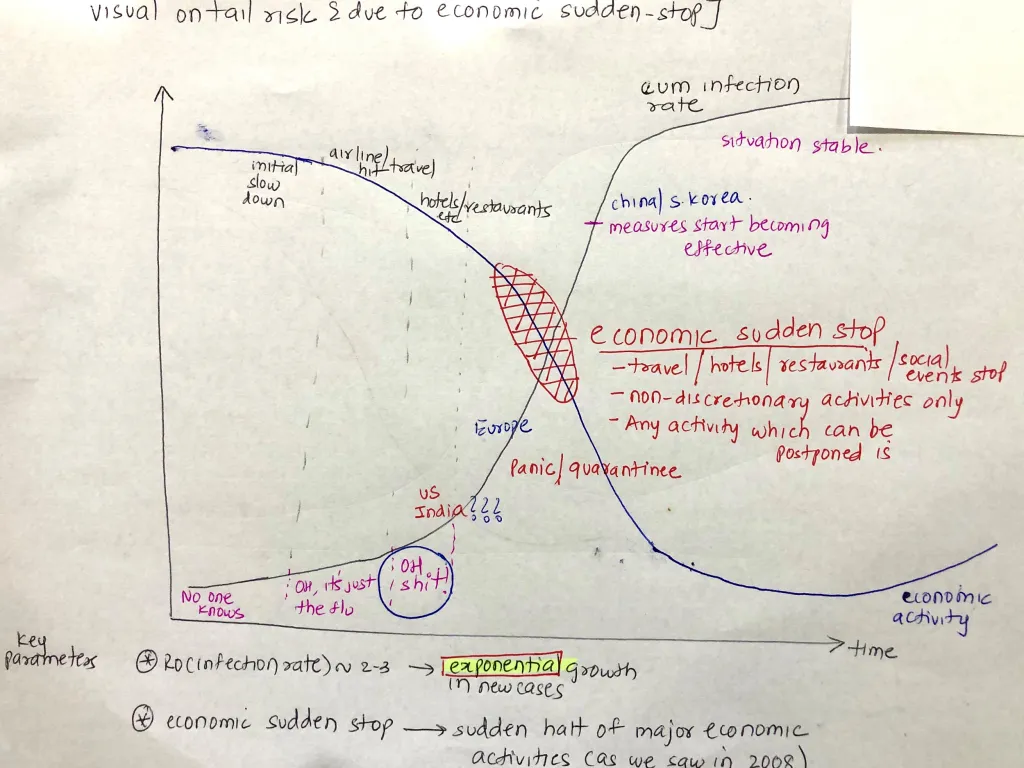First a disclaimer: We don’t provide financial planning services, so this is not a sales pitch
I recently met with my extended family and went through a financial planning exercise for some of them. It was a learning experience for all involved
The no.1 element of such exercise is behavioral, or psychology of the individuals involved. An advisor who misses this point and focuses on numbers alone will never be effective. This is like a doctor who prescribes a medicine but does not understand the motivation and fears of the patient. Patient compliance is low in such cases
I focused on the psychology and life situation of each individual and tailored my advice accordingly. I also tried to simplify as much as possible so that it would be easy for them to follow my advice. I used a 3 bucket analogy for savings and investing
Bucket 1: Liquid assets for emergency expenses
Bucket 2: Savings for children’s education (medium term)
Bucket 3: Savings for a long term goal – Retirement
Let me share three case studies and hopefully you can see some value in them even if your personal circumstance may not fit it
- Young single mom
A single mom and sole earning member of the family. She is making a reasonable income and is saving a small portion of her income. Most of the savings are in cash or fixed deposits due to lack of knowledge.
I explained the three bucket approach to investing. As she has enough asset in cash/FD, we decided to move some of this capital to broadly diversified mutual funds. The idea was to get started with a small amount initially and then add via SIP over time (to reduce the timing risk)
I took time to re-assure them that her financial situation was fine, and she was doing a good job of saving. She had to focus on creating long term assets to fund her children’s education and her retirement.
- Married couple with young children
Typical married middle class couple with home loan and other expenses. They are making reasonable income and saving some portion of it. Most savings are in cash or FD earning low rates of return
I followed the same three bucket approach to investing. The recommendation was the same as the prior case, but as they are making a good salary, we decided to move faster into mutual funds compared to the single mom
Also, they could fund some of their children’s education through regular earnings and could focus on saving for their own retirement. Finally, any bonus or windfall was to be used to pay down debt after ensuring that there was enough in the emergency fund
- Married couple with children and volatile income
Very similar to the second case, but the income is very volatile due to business instead of salary income. My template for financial planning was the same as the previous cases but I have asked them to build a 12 month cash reserve.
The surplus capital will move into diversified mutual funds for funding their kid’s education and their own retirement
Some observations from the exercise
The online / Twitter world is completely disconnected from the reality of 90%+ people in the outside world. On Fintwit, a lot of people are jumping around talking of their multi-bagger picks and beating the market
The rest of the world is busy with making a living and saving the best they can. There is a high level of ignorance in terms of financial planning and investment options such as mutual funds. A lot of people are good in terms of savings (though this is reducing), but have no idea on how to invest
As a result, they are invested in low yielding assets. These people also face the risk of mis selling by unscrupulous people. Frustrated with low returns, these people are sold high risk products which does not suit their financial situation or goals.
If like me, you are proficient in financial planning, I think its our moral duty to advise such people – provided they are open to listening. A lot of people will ignore your advice, but a few will listen and that is enough.
If you can help someone secure their financial future, then you have done a big service to them.
Selecting a few mutual funds
I provided a few names to my relatives which I cannot share for obvious regulatory reasons. My criteria for selecting these funds was very simple.
- Ignore all high risk funds such as Quant, thematic, sector etc. Their returns may be good, but they are not suitable for the people I was advising
- Select a broadly diversified flexicap fund
- Short list funds with above average 5 – 10 years of returns
- Recommend two or three funds. There is no need to go beyond that
The key is to get started and not split hairs on which fund has given the highest return. As I mentioned earlier, the online world is fixated on alpha, whereas in the real world just getting started and making more than an FD will make all the difference

